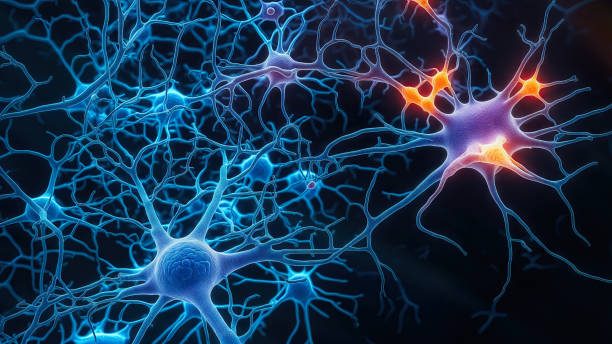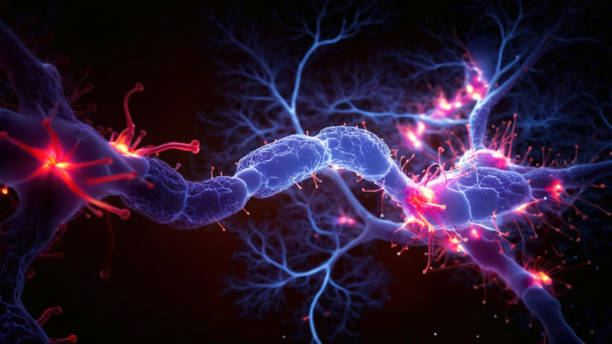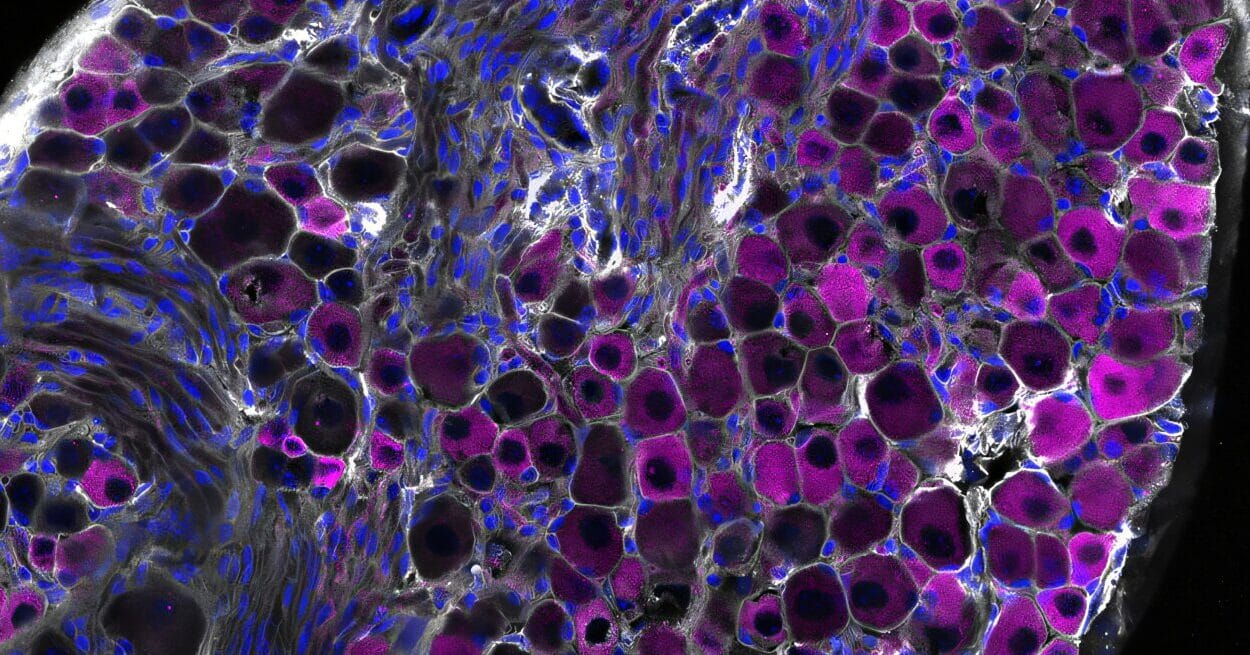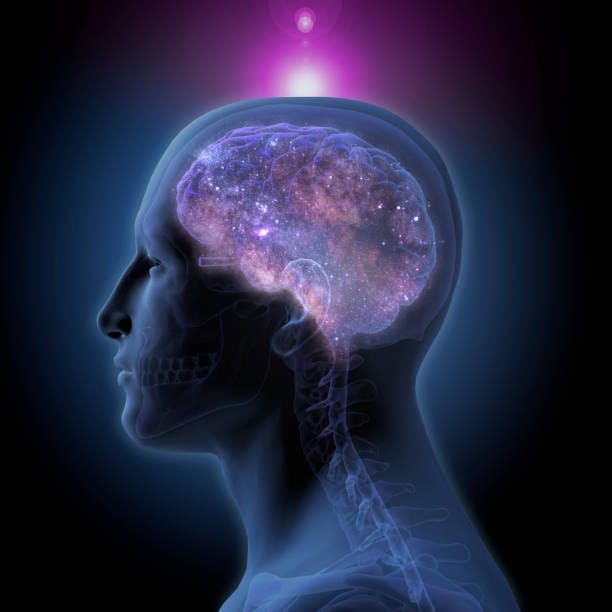When we talk about brain health, we often use terms like “neurological” and “mental illness” interchangeably, but these two terms describe different aspects of brain function and behavior. Although both conditions can have profound impacts on a person’s life, they stem from distinct causes and manifest in unique ways. Understanding the differences between neurological and mental illnesses, while acknowledging their connections, is essential for recognizing the complexity of brain health.
The Foundation of Neurological Illnesses
At the core of neurological illnesses are the physical and structural aspects of the nervous system, including the brain, spinal cord, and peripheral nerves. Neurological disorders are typically the result of damage, degeneration, or abnormal functioning of these components. In many cases, the causes are biological or physical, such as brain injury, genetic mutations, or infections that affect the nervous system.
Neurological illnesses include conditions like Parkinson’s disease, Alzheimer’s disease, epilepsy, multiple sclerosis, and stroke. Each of these conditions involves a disruption in the communication between neurons, the cells responsible for transmitting signals in the brain and throughout the body. These disruptions can result in a wide range of physical and cognitive symptoms, including motor dysfunction, memory loss, or impaired coordination.
For instance, in Parkinson’s disease, the brain’s ability to produce dopamine, a chemical that helps with movement and coordination, is progressively impaired. This results in tremors, rigidity, and difficulty with motor skills. Alzheimer’s disease, on the other hand, involves the accumulation of abnormal proteins in the brain that interfere with communication between neurons, leading to memory loss, confusion, and cognitive decline.
What distinguishes neurological disorders from other brain-related conditions is their clear, often observable physical origin. This is why neurological diseases are typically diagnosed through medical tests like MRIs, CT scans, and neurological exams that reveal changes in brain structure or function.
The Nature of Mental Illness
Mental illnesses, in contrast, are typically defined by their effects on thoughts, emotions, behavior, and overall psychological functioning. Unlike neurological conditions, mental health disorders are more closely related to how the brain processes information and responds to external stimuli, but without the same clear-cut physical alterations observable through traditional medical imaging.
Conditions such as depression, anxiety disorders, schizophrenia, and bipolar disorder are categorized as mental illnesses. These disorders are often linked to chemical imbalances, genetics, or environmental factors such as trauma or stress, but there may not always be physical changes that can be detected through medical imaging or laboratory tests.
For example, in depression, the brain may produce an insufficient amount of neurotransmitters like serotonin or norepinephrine, leading to persistent feelings of sadness, hopelessness, or lack of energy. However, traditional imaging techniques like MRIs don’t show any visible changes in the brain’s structure, even though the disorder profoundly impacts the brain’s functioning.
Mental illnesses can also arise from dysfunctions in specific areas of the brain that control mood, impulse regulation, and decision-making. These conditions may not manifest as easily measurable physical symptoms, but they affect the individual’s ability to think clearly, manage emotions, and engage in daily activities. Mental illnesses can often be diagnosed through psychological evaluation, patient history, and observation of behavior, making their diagnosis more subjective compared to neurological disorders.
Overlapping Territory: The Connection Between Neurological and Mental Illnesses
Although neurological and mental illnesses are distinct in many ways, there is a significant overlap. Both types of conditions can share similar symptoms, and in some cases, one may lead to the other. For instance, an individual with a severe neurological disorder like stroke may develop mental health challenges such as depression or anxiety as a result of the dramatic changes in their life. On the other hand, some mental health conditions can have neurological consequences.
The link between the two is perhaps best exemplified in neurodegenerative diseases. Conditions like Parkinson’s disease and Alzheimer’s disease begin as neurological conditions, but over time, they often lead to profound psychological symptoms. Cognitive decline, mood changes, and even psychosis can emerge as the disease progresses, highlighting the intricate relationship between neurological and mental health.
Furthermore, brain injuries—such as those caused by trauma or stroke—can result in neurological damage that also triggers mental health issues. For instance, a traumatic brain injury (TBI) may cause lasting effects on a person’s cognition and emotional regulation, leading to mental health disorders such as post-traumatic stress disorder (PTSD), depression, or anxiety.
This connection between neurological and mental health underscores the complexity of the human brain, where physical and psychological processes are intimately linked. The same brain that allows us to think, feel, and perceive the world around us is also vulnerable to a variety of conditions that can manifest in many different ways.
The Role of Genetics and Environment
Both neurological and mental illnesses are influenced by genetic and environmental factors. In the case of neurological disorders, many conditions, such as multiple sclerosis or Huntington’s disease, have a strong genetic component. For example, Huntington’s disease is a genetic neurodegenerative disorder that causes motor dysfunction and cognitive decline. Genetic testing can often provide a clear answer as to whether someone is predisposed to develop these types of neurological conditions.
Mental health conditions also have a genetic basis, but they are often more influenced by environmental factors. While there is a genetic predisposition for conditions like schizophrenia or bipolar disorder, life experiences such as childhood trauma, stress, or substance abuse can trigger or exacerbate symptoms. Environmental stressors may not directly alter brain structure in the same way as a neurological condition, but they can deeply influence brain function and behavior.
In some cases, a person may inherit a genetic vulnerability to both neurological and mental health disorders. For instance, an individual with a genetic predisposition to Alzheimer’s disease might experience not only cognitive decline but also depression and anxiety as the disease progresses. Similarly, someone with a family history of schizophrenia might also be at risk for developing certain neurological changes in the brain that contribute to the condition’s onset.
The interplay between genetics and environment is key to understanding why some people may develop neurological or mental health disorders while others do not. Researchers continue to study this relationship to uncover the precise mechanisms that lead to these complex conditions.
Diagnosis and Treatment Approaches
One of the most significant differences between neurological and mental illnesses lies in their diagnostic processes and treatment approaches. Neurological conditions are generally diagnosed through medical procedures, imaging techniques, and tests that detect physical changes in the brain. In contrast, mental illnesses are often diagnosed through psychological evaluations, interviews, and behavioral assessments.
For neurological disorders, treatments focus on alleviating physical symptoms or slowing the progression of the disease. Medications such as levodopa for Parkinson’s disease or anticonvulsants for epilepsy aim to correct chemical imbalances or stabilize brain activity. In some cases, surgical procedures may be necessary, such as deep brain stimulation for Parkinson’s or the removal of brain tumors in cases of cancer.
Mental health disorders, on the other hand, are primarily treated with psychotherapy, counseling, and psychiatric medications. Antidepressants, antipsychotics, and mood stabilizers can help regulate the chemicals in the brain that contribute to mental health conditions. Cognitive-behavioral therapy (CBT) and other therapeutic modalities help individuals work through emotional and psychological issues, while lifestyle changes and stress-management techniques often play a role in recovery.
However, the boundary between treatment for neurological and mental illnesses is not always clear. Many mental health conditions are treated with medications that affect brain chemistry in ways that overlap with treatments for neurological disorders. For example, antidepressants like SSRIs (Selective Serotonin Reuptake Inhibitors) are commonly prescribed for both mental health and neurological conditions, such as chronic pain syndromes or post-stroke depression.
Moreover, some therapies, such as neurofeedback and cognitive rehabilitation, are used for both types of disorders. These interventions work to retrain the brain and improve its function, whether to enhance cognitive abilities, manage symptoms, or improve emotional regulation.
Breaking the Stigma: The Importance of Holistic Treatment
While neurological and mental illnesses are distinct, they are often treated as separate entities in both healthcare systems and society at large. This distinction can lead to stigmatization and misunderstandings about the true nature of these conditions. Neurological disorders, despite their physical origins, may carry a social stigma because of their often invisible symptoms or the gradual decline associated with neurodegenerative diseases.
Similarly, mental illnesses, though less physically tangible, are often dismissed or misunderstood due to their psychological nature. People suffering from conditions like depression or schizophrenia may be unfairly labeled as weak or “crazy,” and may struggle to access the support they need.
To effectively address both neurological and mental health conditions, it is essential to break down these stigmas and provide holistic care that recognizes the full complexity of the brain. This includes integrating physical, psychological, and social treatments, and addressing the needs of the whole person—rather than treating each condition in isolation.
The Future: Advances in Neuroscience and Psychiatry
As our understanding of the brain continues to grow, the lines between neurological and mental health disorders are becoming increasingly blurred. Advances in neuroscience, including brain imaging techniques and genetic research, are uncovering the deep connections between brain structure, function, and behavior. These discoveries have the potential to revolutionize both diagnosis and treatment, allowing for more personalized, effective care for individuals affected by brain-related conditions.
New treatments, such as neuroplasticity-based therapies, gene therapies, and cutting-edge psychiatric interventions, hold promise for improving
outcomes for people with neurological and mental health disorders. And as our understanding of brain health evolves, the hope is that we will move toward a more integrated approach to care—one that embraces the mind and the body as interconnected components of overall well-being.






